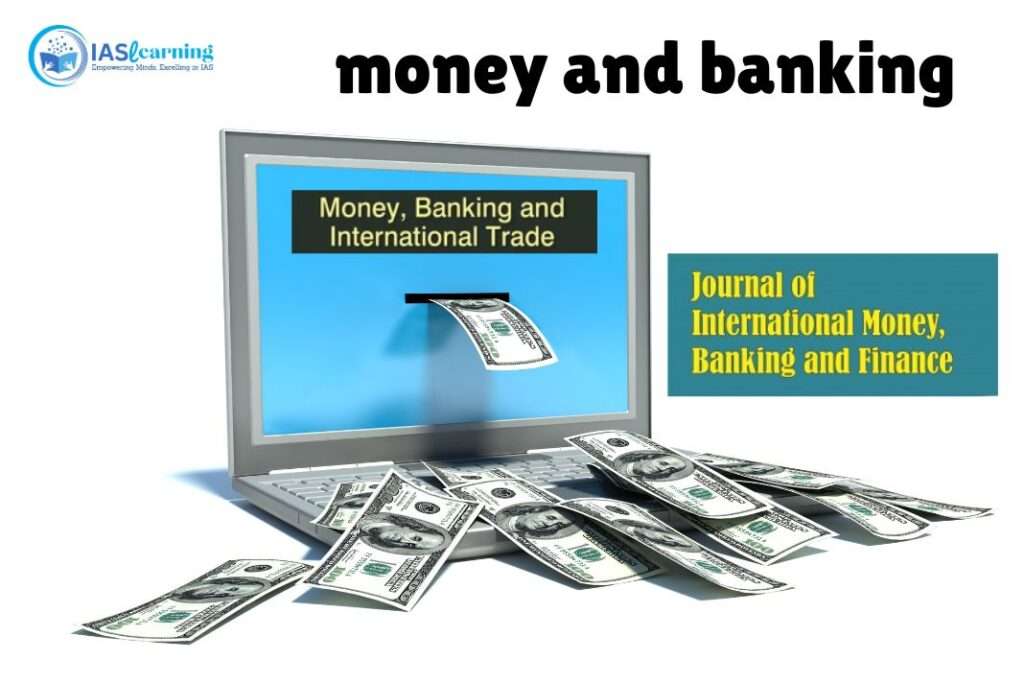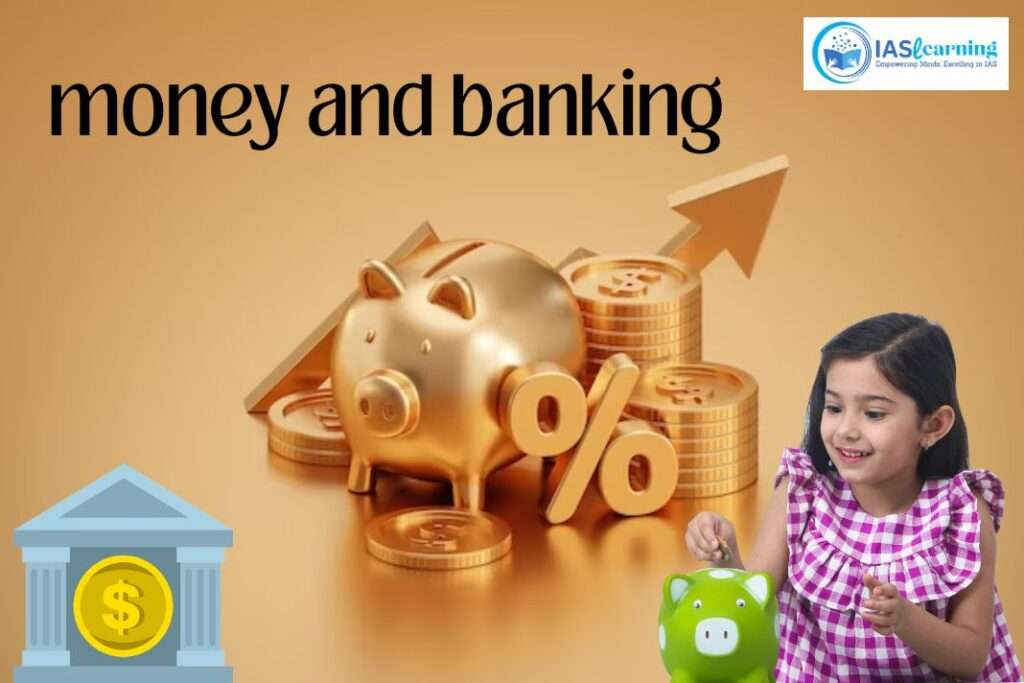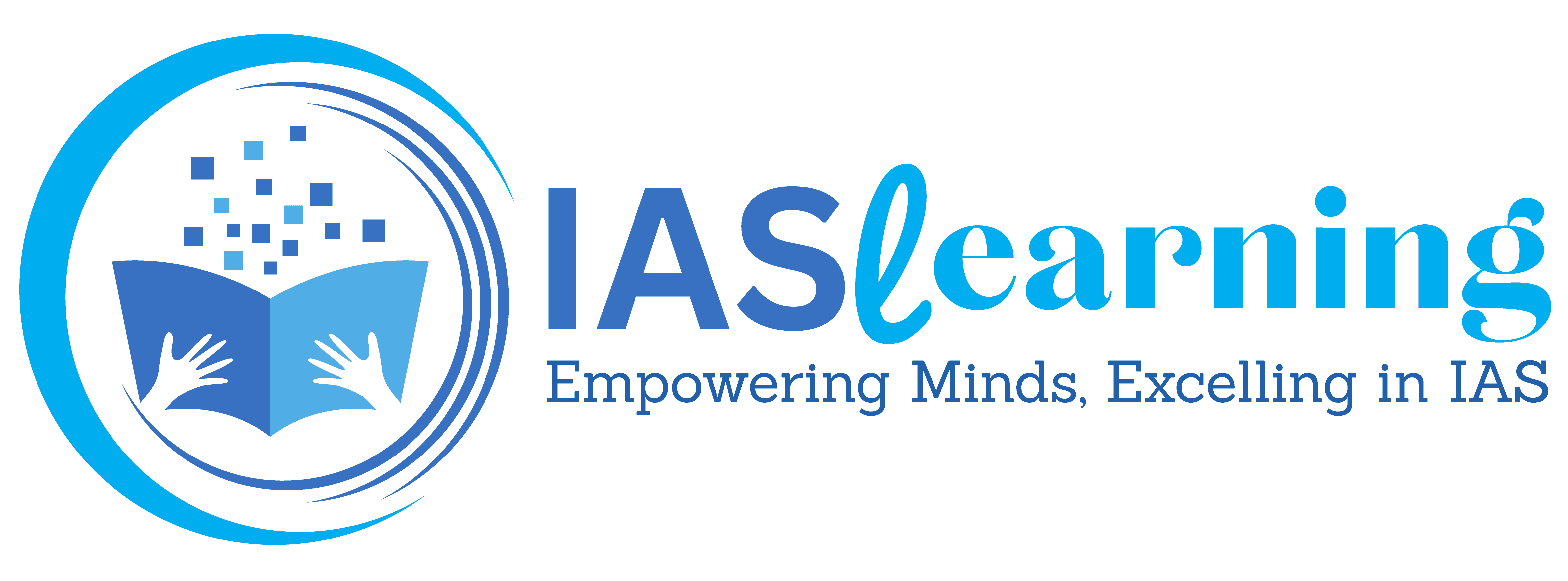Table of Contents
Introduction to Money and Banking
Money, often regarded as the lifeblood of modern society, plays a pivotal role in our daily lives and the global economy. From its humble beginnings as barter to the complex financial systems we have today, money has evolved significantly. In this article, we’ll delve into the fascinating world of money, exploring its functions, types, creation, and the critical role it plays in our economic and social structures.
The Evolution of Money and Banking

The evolution of money has been a fascinating journey that reflects the progress of human civilization. Money has evolved from rudimentary forms of trade to sophisticated financial systems we have today. Let’s take a closer look at this remarkable evolution:
- Barter System: In ancient societies, people exchanged goods and services directly without a standardized medium of exchange. This barter system had limitations, including the double coincidence of wants, where both parties had to want what the other offered.
- Commodity Money: To overcome the limitations of barter, societies began using commodity money. This form of money was backed by a tangible asset, such as gold, silver, or other valuable commodities. People recognised the intrinsic value of these commodities, making them widely accepted as a medium of exchange.
- Metal Coins: Metal coins emerged as a more convenient and standardised form of commodity money. They were easy to transport, durable, and could be easily divided into smaller units, making trade more efficient. Coins often bore the mark of the issuing authority, ensuring their authenticity.
- Paper Money: As economies grew, carrying heavy metal coins became impractical. To address this issue, paper money was introduced. Initially, paper money was backed by a reserve of precious metals, providing a level of trust in the currency.
- Fiat Money: Over time, governments moved away from the gold standard, and fiat money was born. Fiat money has no intrinsic value but is declared legal tender by a government or central authority. Its value relies on the trust and confidence people have in the issuing entity.
- Banknotes and Central Banking: Banks started issuing banknotes as a representation of the value held in reserve. Central banks, like the Bank of England and the Federal Reserve, were established to oversee the banking system, issue currency, and control the money supply.
- Digital Currency: The digital age brought forth electronic forms of money. People could now make transactions, check balances, and even invest online. Credit and debit cards, online banking, and mobile payment apps revolutionised the way we handle money.
- Cryptocurrencies: The 21st century introduced cryptocurrencies like Bitcoin and Ethereum. These digital or virtual currencies use cryptography for security and operate on decentralised blockchain technology. They offer the potential for borderless, peer-to-peer transactions without the need for intermediaries.
- Digital Wallets and Contactless Payments: The advent of digital wallets and contactless payments made daily transactions more convenient. Mobile apps allow users to store payment methods and make quick, secure payments with a tap or a scan.
- The Future of Money: Money continues to evolve with advancements like central bank digital currencies (CBDCs) and the potential integration of blockchain technology into financial systems. These innovations aim to enhance security, efficiency, and financial inclusion.
The Functions of Money and Banking

Money serves several vital functions in modern economies, playing a central role in facilitating economic transactions and contributing to the stability of financial systems. These functions of money are essential to our daily lives and the functioning of the broader economy. Here are the primary functions of money:
- Medium of Exchange: One of the most fundamental functions of money is serving as a medium of exchange. Money acts as an intermediary in transactions, allowing people to buy and sell goods and services without the need for barter. It simplifies trade by providing a universally accepted means of payment, eliminating the double coincidence of wants that often plagues barter systems.
- Unit of Account: Money provides a common measure of value that allows people to compare the prices of different goods and services. By expressing the value of items in a common currency, individuals can make informed decisions about their purchases, investments, and financial planning.
- Store of Value: Money serves as a store of value, allowing individuals to save wealth for the future. Unlike perishable or rapidly depreciating assets, money can be held over time, preserving its value. People can store their earnings in the form of money, whether in cash, bank accounts, or other financial instruments, with confidence that it will retain its value.
- Standard of Deferred Payment: Money enables individuals and businesses to enter into agreements for future payments. Contracts, loans, mortgages, and other financial arrangements are made possible because money can be used to settle debts and obligations at a later date. It provides a reliable means of honoring commitments over time.
Types of Money

Money comes in various forms, each with its unique characteristics and advantages. Understanding these types of money is crucial to appreciate the diversity of financial instruments and systems in use today. Here are the primary types of money:
- Commodity Money:
- Definition: Commodity money is backed by a tangible asset with intrinsic value, such as gold, silver, or other valuable commodities.
- Characteristics: It holds inherent value because it can be used for other purposes besides serving as money. Commodity money has historically been widely accepted in trade and commerce due to its recognised worth.
- Fiat Money:
- Definition: Fiat money has no intrinsic value and is declared legal tender by a government or central authority.
- Characteristics: The value of fiat money relies on the trust and confidence that people have in the issuing entity. It is widely accepted as a medium of exchange and a store of value, despite lacking intrinsic worth.
- Cryptocurrencies:
- Definition: Cryptocurrencies are digital or virtual currencies that use cryptography for security. They operate on decentralized blockchain technology.
- Characteristics: Cryptocurrencies, like Bitcoin and Ethereum, offer unique features, including security, transparency, and the potential for borderless, peer-to-peer transactions. They are not controlled by any central authority, making them a disruptive force in the world of finance.
- Representative Money:
- Definition: Representative money is backed by a promise to exchange it for a commodity, typically a precious metal, upon request.
- Characteristics: While not valuable in itself, representative money can be redeemed for a commodity of real value, providing a level of trust and stability. Historically, banknotes often represented a specific amount of gold or silver held in reserve.
- Digital Money:
- Definition: Digital money exists in electronic form, stored in digital accounts or wallets. It includes bank deposits, digital payment systems, and electronic funds transfers.
- Characteristics: Digital money simplifies financial transactions and allows for seamless online payments and banking. It is a common form of money in today’s digital age.
- Local Currencies:
- Definition: In some regions, local currencies are issued by local authorities or communities alongside the national currency.
- Characteristics: Local currencies aim to support local businesses and promote economic activity within a specific geographic area. They are often used in tandem with the national currency.
- Commercial Bank Money:
- Definition: Commercial bank money consists of deposits held in commercial banks, which can be withdrawn or transferred electronically.
- Characteristics: This form of money represents a claim on a bank and is typically used for everyday transactions. It is created through the process of fractional reserve banking.
- Central Bank Digital Currencies (CBDCs):
- Definition: CBDCs are digital currencies issued and regulated by central banks.
- Characteristics: CBDCs represent a digital version of a nation’s official currency. They are designed to provide the benefits of digital transactions while maintaining the stability and control of the central bank.
Money creation and supply

Money creation and supply are essential concepts in understanding how money flows through an economy and the role of central banks in managing the monetary system. These processes have a profound impact on economic stability, inflation, and overall economic health. Let’s delve into the intricacies of money creation and supply:
Money Creation:
Money creation is the process by which new money enters the economy. It doesn’t involve physically printing more banknotes but rather involves a complex set of financial transactions. The primary sources of money creation are:
- Bank Lending: Commercial banks play a central role in money creation. When a bank approves a loan, it essentially creates new money. This occurs because the loan amount is deposited into the borrower’s account, increasing the money supply. The borrower can then use these funds for various purposes, effectively putting the newly created money into circulation.
- Central Bank Actions: Central banks, such as the Federal Reserve in the United States, have the authority to influence the money supply. They can create or remove money from the economy by implementing monetary policy tools. For example, when a central bank buys government bonds, it injects money into the system, increasing the money supply. Conversely, selling bonds reduces the money supply.
- Government Spending: When the government spends money on goods, services, or infrastructure projects, it contributes to money creation. Government expenditures result in payments to suppliers, contractors, and employees, who, in turn, deposit these funds in banks, increasing the money supply.
Money Supply: Money and Banking
The money supply refers to the total amount of money circulating within an economy. Economists typically categorise the money supply into several tiers, often referred to as M1, M2, and M3:
- M1: This includes the most liquid forms of money, such as physical currency (coins and banknotes) and checking account deposits. M1 represents money that can be quickly spent.
- M2: M2 encompasses M1 plus near-money assets, such as savings accounts, money market accounts, and certificates of deposit (CDs). These are less liquid than M1 but can be converted into cash relatively easily.
- M3: M3 is a broader measure that includes M2 along with large time deposits, institutional money market funds, and other large liquid assets. It provides a more comprehensive view of the money supply.
The Role of Central Banks: Money and Banking
Central banks have a crucial role in managing the money supply to maintain economic stability. They use tools like open market operations, discount rates, and reserve requirements to influence the money creation process. The goals of central bank monetary policy typically include:
- Controlling inflation by managing the money supply.
- Promoting economic growth and stability.
- Ensuring the stability of the banking system.
- Maintaining confidence in the currency.
Central banks closely monitor economic indicators, financial markets, and banking activities to make informed decisions about money creation and supply.
Importance of Monetary Policy: Money and Banking
Monetary policy plays a pivotal role in shaping the economic landscape of a nation. Implemented by the central bank, it involves a range of tools and strategies aimed at influencing the money supply, interest rates, and overall economic activity. The importance of monetary policy lies in its ability to achieve several crucial economic objectives:
- Price Stability: One of the primary goals of monetary policy is to maintain price stability. This means keeping inflation, or the rise in the general price level, in check. Moderate inflation is generally considered healthy for an economy, but excessive inflation can erode the purchasing power of money and disrupt economic planning. By adjusting interest rates and controlling the money supply, central banks aim to keep inflation within a target range.
- Economic Growth and Employment: Monetary policy can be used to stimulate or restrain economic growth. Lowering interest rates and increasing the money supply can encourage borrowing and spending, which can boost economic activity and job creation during periods of economic downturn. Conversely, raising interest rates and reducing the money supply can help cool an overheating economy, preventing excessive inflation.
- Interest Rate Management: Central banks influence short-term interest rates by adjusting policy rates like the federal funds rate in the United States. Changes in interest rates can have a ripple effect throughout the economy. Lower interest rates make borrowing cheaper, encouraging investment and consumer spending, while higher rates can discourage borrowing and spending, which may be necessary to combat inflation.
- Exchange Rates: Monetary policy can influence exchange rates, which, in turn, affect a nation’s international trade. By adjusting interest rates, central banks can make their currency more or less attractive to foreign investors. A stronger domestic currency can make exports more expensive, potentially reducing trade deficits, while a weaker currency can boost exports but may lead to higher import costs.
- Financial Stability: Maintaining the stability of the financial system is a critical aspect of monetary policy. Central banks monitor the health of banks and financial institutions and may intervene to prevent or address systemic crises. They also implement measures like reserve requirements to ensure banks have enough capital to cover potential losses.
- Confidence and Expectations: The effectiveness of monetary policy relies on the confidence and expectations of businesses, consumers, and financial markets. A credible and transparent central bank can influence these expectations, guiding economic behaviour in desirable directions.
- Crisis Management: In times of financial crises or economic downturns, monetary policy can serve as a crucial tool for stabilisation. Central banks can swiftly adjust interest rates or implement unconventional measures like quantitative easing to inject liquidity into the financial system and support economic recovery.
- Long-Term Economic Planning: Businesses and households make decisions based on their expectations of future economic conditions. A stable and predictable monetary policy environment provides a foundation for long-term planning and investment.
The Impact of Inflation : Money and Banking
The impact of inflation on an economy and its residents is substantial and multifaceted. Inflation refers to the sustained increase in the general price level of goods and services over time. While moderate inflation is considered normal in healthy economies, excessive inflation or deflation can have significant consequences. Here are some key effects of inflation:
- Purchasing Power Erosion: Inflation reduces the purchasing power of money. This means that the same amount of money can buy fewer goods and services over time. As prices rise, consumers find it more challenging to afford the same standard of living, leading to a decrease in their real income.
- Uncertainty: High or unpredictable inflation can create uncertainty in the economy. Businesses may struggle to plan for the future, as they cannot accurately predict the costs of production and the prices at which they can sell their products. This uncertainty can lead to decreased investment and economic instability.
- Income Redistribution: Inflation can lead to income redistribution. Those with fixed incomes, such as retirees on pensions, may find it increasingly difficult to cover their living expenses as prices rise. On the other hand, individuals with flexible incomes or assets that appreciate with inflation may benefit.
- Interest Rates: Central banks often respond to high inflation by raising interest rates. Higher interest rates can discourage borrowing and spending, which can slow down economic growth. Conversely, lower interest rates may be used to stimulate economic activity during periods of low inflation or recession.
- Savings and Investment: Inflation can negatively impact savings and investment. When the rate of inflation exceeds the interest rate earned on savings accounts or investments, the real value of savings decreases. This can discourage people from saving or investing their money, as they may prefer to spend it before its value erodes further.
- Menu Costs: Inflation can create additional costs for businesses. Frequent price changes require businesses to update their price lists, menus, and catalogs. These “menu costs” can be a burden, particularly for small businesses.
- Hoarding and Speculation: High inflation can lead to hoarding of goods and speculative behavior. Consumers may buy goods and assets in anticipation of future price increases, exacerbating inflationary pressures. This can create artificial shortages and further drive up prices.
- Reduced Real Returns: Inflation affects the real returns on investments. For example, if you earn a 5% return on an investment while inflation is running at 4%, your real return is only 1%. Investors must consider inflation when assessing the true growth of their investments.
- International Competitiveness: Inflation can impact a nation’s international competitiveness. If a country experiences higher inflation than its trading partners, its exports may become more expensive, potentially leading to a trade imbalance.
- Social and Economic Disparities: Inflation can exacerbate disparities in wealth and income. Those who own assets that appreciate with inflation, like real estate or stocks, may see their wealth increase, while those who rely on fixed incomes may struggle to keep up with rising prices.Read more…..
FAQs related to Money and Banking
What is money and banking all about?
Money and banking explore the fundamental concepts and systems that underpin our financial world. It encompasses topics like the history of money, financial institutions, central banking, monetary policy, and the role of money in the economy.
2. Why is it important to study money and banking?
Understanding money and banking is essential for anyone who wants to make informed financial decisions, whether as an individual or as part of a business or organization. It also provides insights into economic stability, monetary policy, and global finance.
3. What are the key topics covered in a money and banking course?
A typical money and banking course covers topics such as the evolution of money, banking systems, monetary policy, inflation, interest rates, financial markets, and the role of central banks.
4. Is this course suitable for beginners with no background in finance or economics?
Yes, many money and banking courses are designed to be accessible to beginners. They often start with foundational concepts and gradually build complexity. However, some familiarity with basic economic principles can be helpful.
5. How can I apply what I learn in a money and banking course in real life?
The knowledge gained in a money and banking course can be applied in various ways. It can help you make informed investment decisions, manage personal finances, understand economic news, and even pursue careers in finance, banking, or economics.
6. Are there any prerequisites for enrolling in a money and banking course? Prerequisites can vary depending on the institution and the course level. Introductory courses usually have no prerequisites, while more advanced courses may require prior coursework in economics or finance.
7. Is this course relevant to current financial trends and technologies like cryptocurrencies and digital banking?
Yes, many money and banking courses incorporate discussions about modern financial innovations, including cryptocurrencies, digital banking, and fintech. The curriculum often adapts to stay current with industry trends.
8. What career opportunities can studying money and banking open up for me?
A background in money and banking can lead to careers in banking, finance, investment analysis, financial planning, economics, and policy analysis. It can also serve as a foundation for graduate studies in related fields.
9. Can I take an online money and banking course, or are they typically offered in person?
Many universities and online platforms offer money and banking courses online, providing flexibility for learners. You can choose the format that best suits your needs and schedule.
10. How can I get started with a money and banking course or find more information?
To get started, you can check with local universities, online course providers, or educational websites for available courses. You can also reach out to academic advisors or professionals in the field for guidance on selecting the right course for you.




